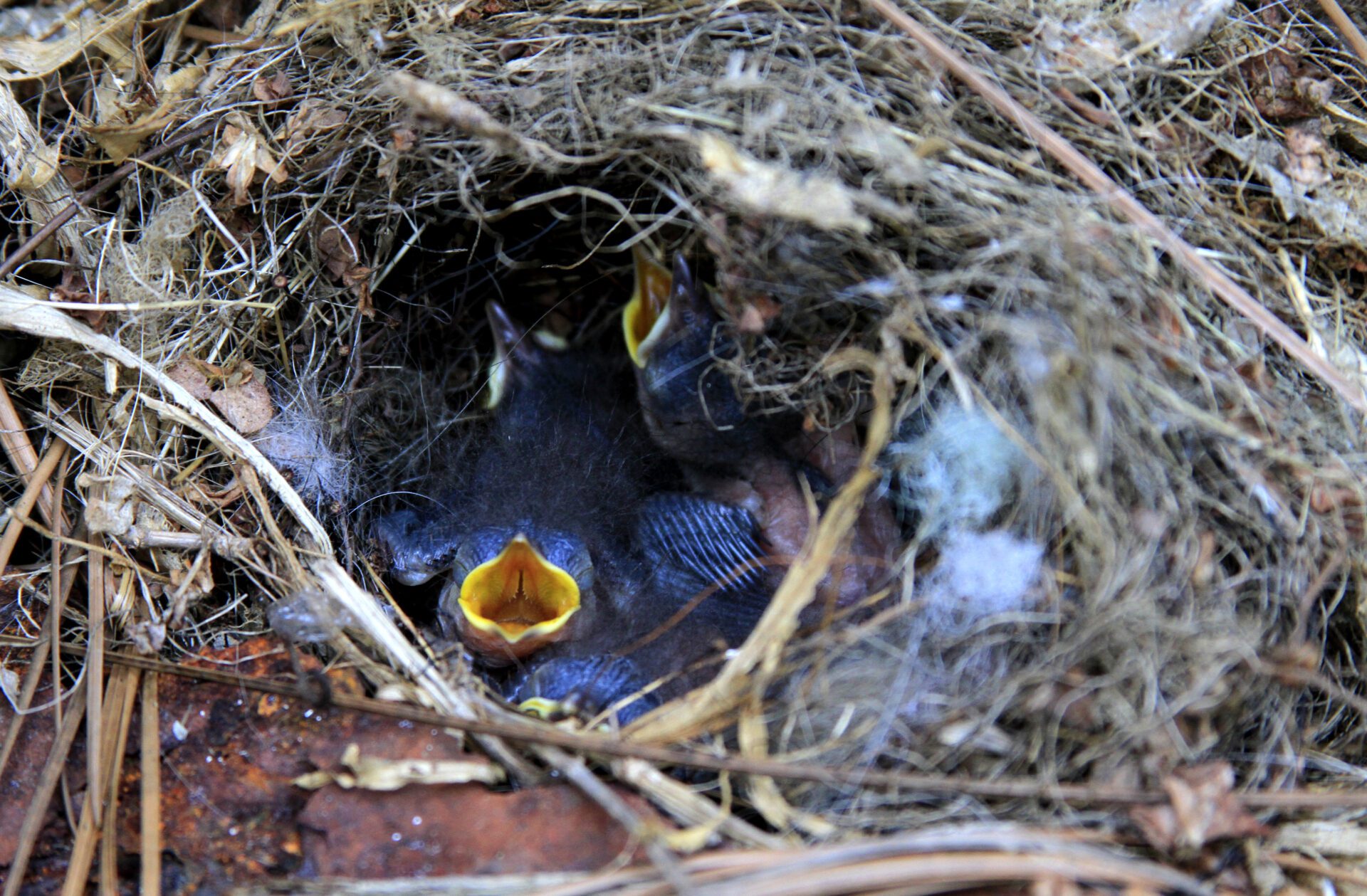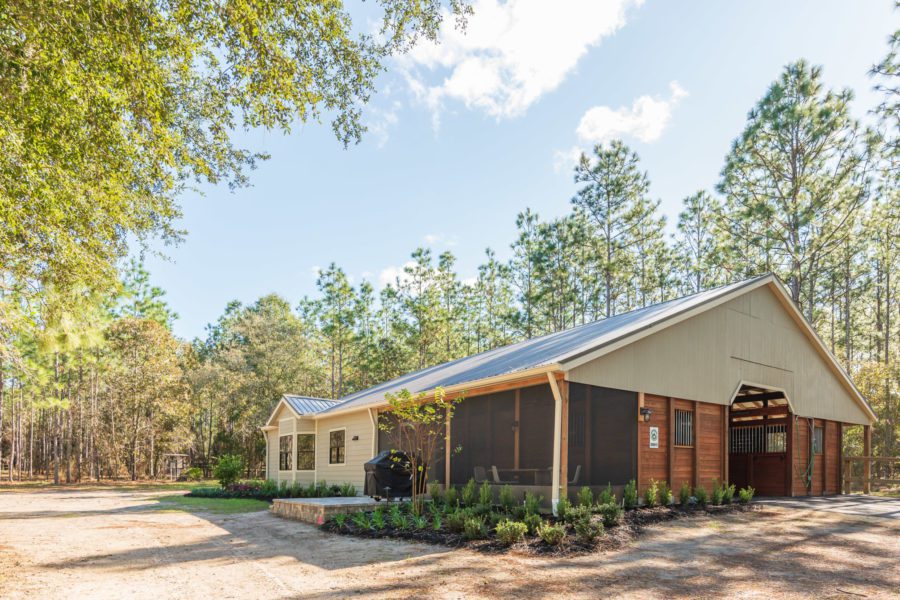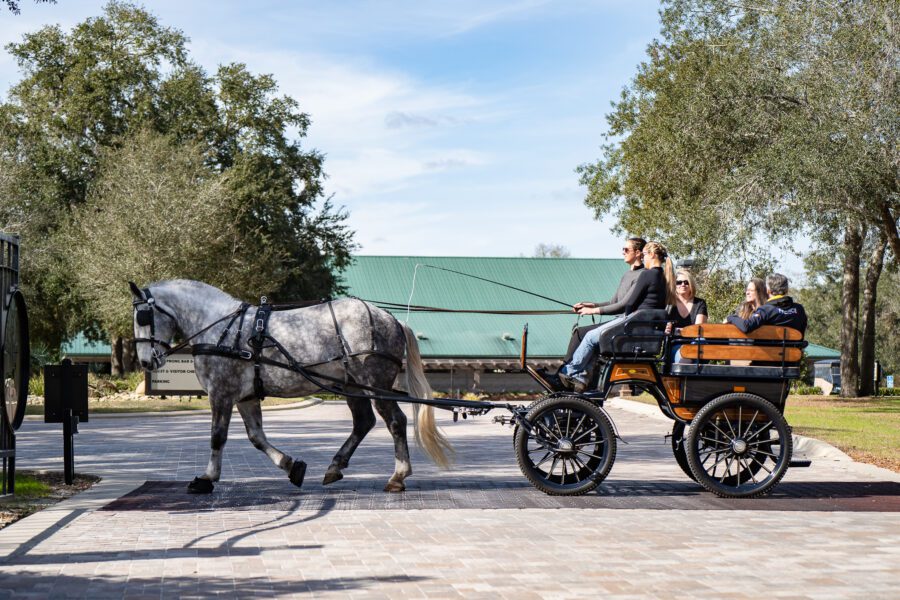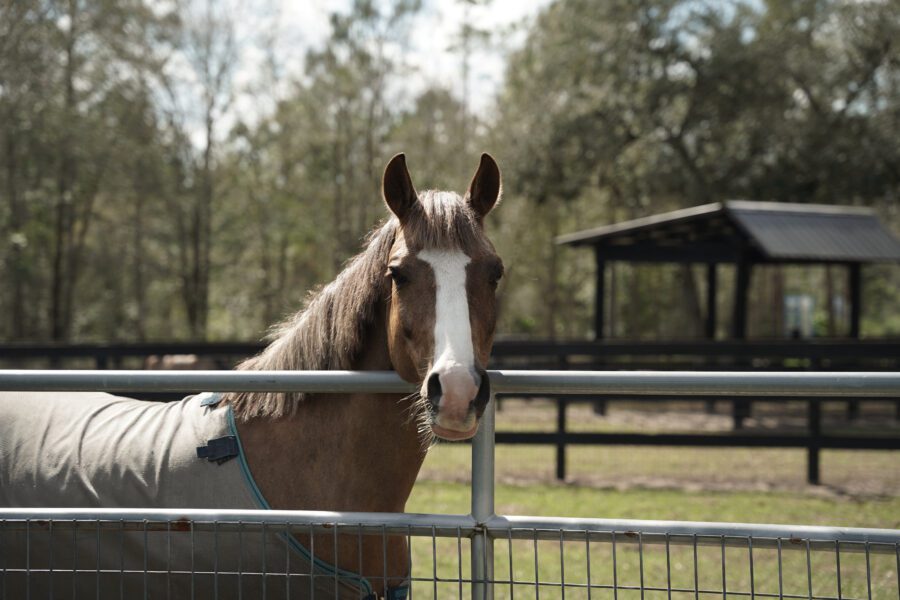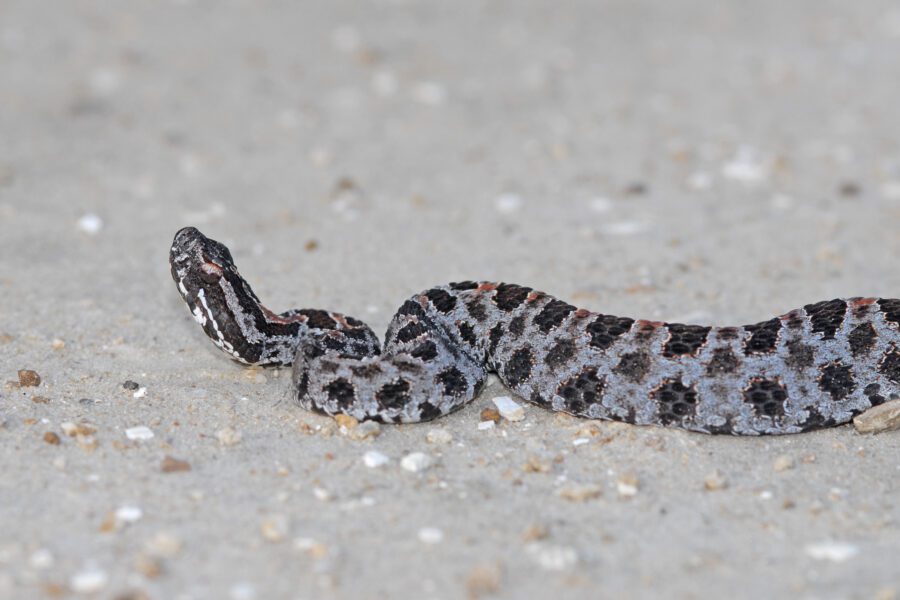Each month Trail Manager, Emily Galka, highlights flora and fauna that she observes in the Goethe State Forest that surrounds the Black Prong Resort. Goethe State Forest Species of the Month: Carolina Wren (Thryothorus ludovicianus)
Each month Trail Manager, Emily Galka, highlights flora and fauna that she observes in the Goethe State Forest that surrounds the Black Prong Resort.
One of the most entertaining parts of the summer in a horse barn is when Carolina Wrens show up with their brazen yet uncoordinated babies. Last summer they had a nest in the wash stall, this summer they have moved to the hay shed and wedding carriage storage- I’m sure there are others around property as well. Black Prong visitors won’t have to look hard to see the beautiful Carolina Wren. Listen for the repetitive teakettle-teakettle tune and you’re sure to spy on this cinnamon-colored songbird. You can also keep an eye out for their striking white eyebrows and downward curved beak, which gives them a noticeably “stern” expression.
The Carolina Wren is a frequent flyer of the Eastern United States, venturing as far south as the Yucatán Peninsula. They dine on an abundance of spiders and insects, but balance their diet with various foliage, including poison ivy!
Carolina Wrens find partners while young, and mate for life. Unlike other wren species who perform intricate duets, the male Carolinas do most of the singing you hear, while females “chatter” along. However, both have a striking alarm cry and will work together to drive out intruders and defend their territory. A pair of birds will stay together in one territory year-round, and start building their nests in early spring. Carolina Wrens prefer to build their dome shaped nests inside of natural crevices, but whether the hollow of a tree or a mailbox, the wrens don’t seem to differentiate natural and man-made structures.
Their nests can commonly be found around outdoor lighting fixtures, building rafters, flowerpots and even the occasional folded tarp. We find this especially amusing, considering the male may craft 4-5 nests before the female chooses which to lay their eggs in. She’ll usually lay four eggs, which she will sit on personally until they hatch. Surely, she’s grateful that the male helps feed their fast-growing young, and the chicks are ready to leave the nest just 2 weeks after hatching. With this fast turnaround, mated pairs often raise multiple clutches each season.
Keep a look out for these unique songbirds flitting about the branches of shrubbery or combing through the leaf litter of Black Prong!

Emily Galka (shown with her horse Lisa) is Black Prong’s Trail Riding Manager and resident naturalist.


